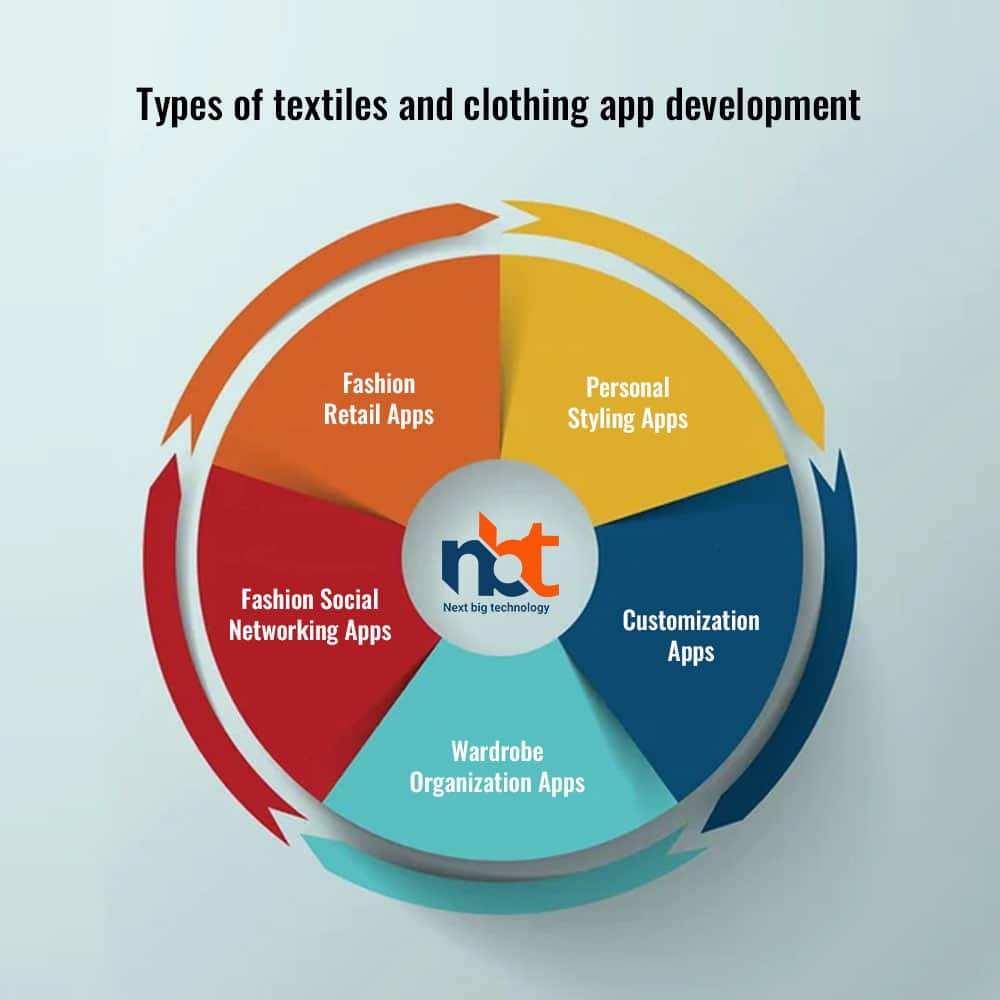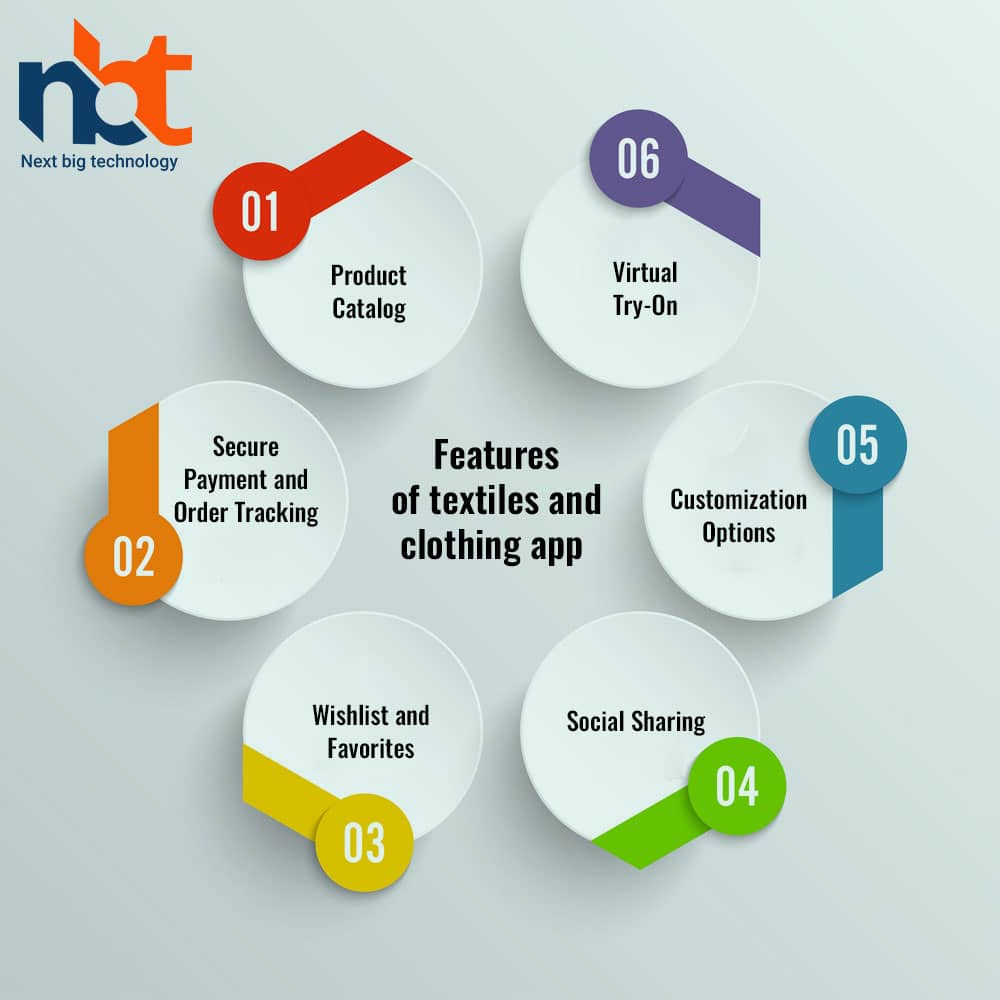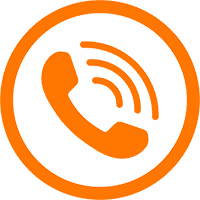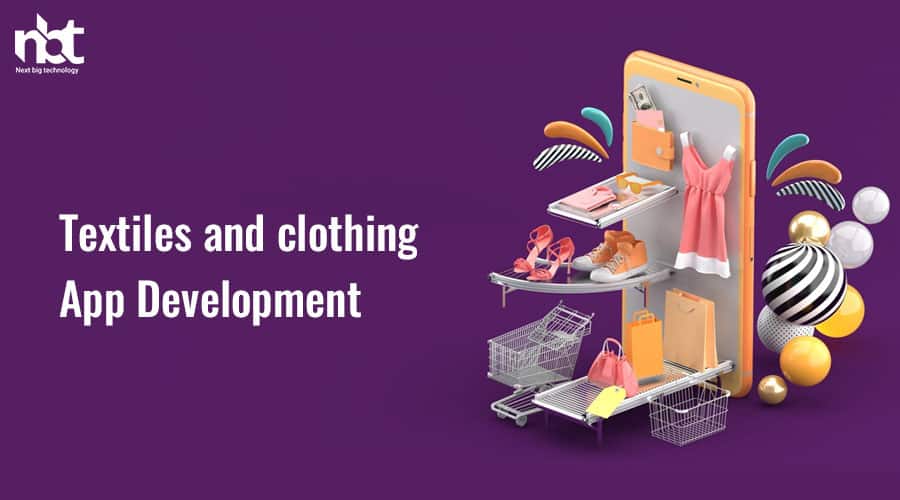Table of Contents
Introduction
Fashion, textiles, and clothing app development – these three things that seem as unrelated as a mismatched outfit on a runway. the world of technology has crossed with the realm of fashion, and the result that has come out is one of the great things. Now picture this where you can shop for the latest trends, try on clothes without actually trying them on, and even design your own personalized garments, all from the comfort of your couch and without even doing all the hard work. Who needs a personal stylist when you have an app that can curate outfits just for you? Here, We’re going to see it through the innovative, and downright fashionable world of textiles and clothing app development.
Growth of textile and clothing app development
The textiles and clothing app development industry has grown a lot in the recent years. Here are some insights:
- Fashion and shopping apps have always been among the most downloaded categories. In 2023, fashion apps accounted for around 12% of all app downloads worldwide. Fashion app users tend to be highly engaged in the apps. On an average, users spend around 4.5 hours per month on fashion and shopping apps.
- The textiles and clothing app development industry has been experiencing significant growth. As of 2023, the industry had a compound annual growth rate (CAGR) of around 9.35%, resulting in a projected market volume of US$1,003.00bn by 2027.
- Mobile devices play a crucial role in online shopping. According to reports, in 2022, mobile accounted for approximately 73% of all e-commerce sales worldwide. And the global fashion e-commerce market was valued at approximately $701.4 billion in 2023. This market includes various online fashion platforms, with textiles and clothing apps being a significant part of it.
Types of textiles and clothing app development

- Fashion Retail Apps: These apps are developed by clothing brands or retailers. These apps offer a wide range of clothing items for users to browse and purchase. These apps provide features like product descriptions, customer reviews, and secure payment options.
- Personal Styling Apps: These apps provide personalized styling services, where users can receive fashion recommendations and advice based on their preferences, body type, and occasion. Some of these apps also include virtual styling sessions or direct communication with personal stylists.
Also Read : On-Demand Personal Stylist App Development Cost and Features
- Customization Apps: These apps help users to design and customize their own clothing items, choosing fabrics, colors, patterns, and even adding personalized details. These apps help users who want unique, made-to-order garments that describes their personal style.
- Wardrobe Organization Apps: These apps help users to organize their wardrobe, manage their clothing inventory, and plan outfits. These app has features like virtual closets, outfit suggestions, and the ability to categorize and track clothing items.
- Fashion Social Networking Apps: These apps create a community which includes fashion enthusiasts. These app allows users to share their outfits, follow fashion influencers to engage in discussions about the latest trends. They provide a platform for users to connect and express their love for fashion.
These are just a few examples of the various types of textiles and clothing apps available in the market, each catering to different aspects of the fashion industry and user preferences.
Also Read : Top Apps to Resell used Clothes
Features of textiles and clothing app

Textiles and clothing apps offer a number of features to boost the user experience and it also helps in the diverse needs of fashion enthusiasts. Some key features include:
- Product Catalog: A comprehensive catalog showcasing a wide range of clothing items with detailed descriptions, high-quality images, and filtering options.
- Virtual Try-On: Users can now virtually try on clothes using augmented reality (AR) technology which allows them to see how the garment would look on them before making a purchase.
- Customization Options: Users can customize clothing items by choosing fabrics, colors, patterns, and even adding personalized details to create unique garments as per their likings.
- Social Sharing: Integration with social media platforms helps users to share their outfits, follow influencers, and engage with a fashion community.
- Wishlist and Favorites: Users can save their desired items to their wishlist or favorites list for future reference or quick purchasing.
- Secure Payment and Order Tracking: Easy integration with secure payment gateways and real-time order tracking ensures a smooth and secure shopping experience.
Cost of developing textiles and clothing app
The cost of developing a textiles and clothing app can vary significantly depending on various factors such as the complexity of features, platform compatibility, design requirements, development team rates, and geographical location. A simple textiles and clothing app with essential features like product browsing, user registration, shopping cart, and basic payment integration can range from $10,000 to $50,000. While an app with additional features such as personalized recommendations, virtual try-on, social media integration, and user profiles may cost between $20,000 to $60,000. And a highly complex app with advanced customization options, augmented reality features, machine learning algorithms for personalized styling, and sophisticated backend systems can exceed $100,000 and go up to several hundred thousand dollars. However it is important to note that these estimates are approximate and can vary significantly based on the specific requirements and scope of the project. Additional costs may include ongoing maintenance, updates, server hosting, and marketing. It is recommended to consult with app development agencies or freelancers who can assess your specific needs and provide a detailed quote based on your project requirements.
Conclusion
Textiles and clothing app development has entered in a new era where people love convenience, personalization, and accessibility in the fashion industries and these apps have changed the way we shop for clothes, stay updated with fashion trends, and express our individual styles. The integration of e-commerce capabilities and social media influence has further increased the growth of these apps, helping in expanding the market and creating new opportunities for businesses. As technology continues to grow, textiles and clothing app development will continue to shape the future of fashion, offering endless possibilities for consumers and revolutionizing the way we engage with clothing and textiles.
Thanks for reading our post “Textiles and Clothing app development”. Please connect with us to discuss more about Textiles and Clothing app development services.










